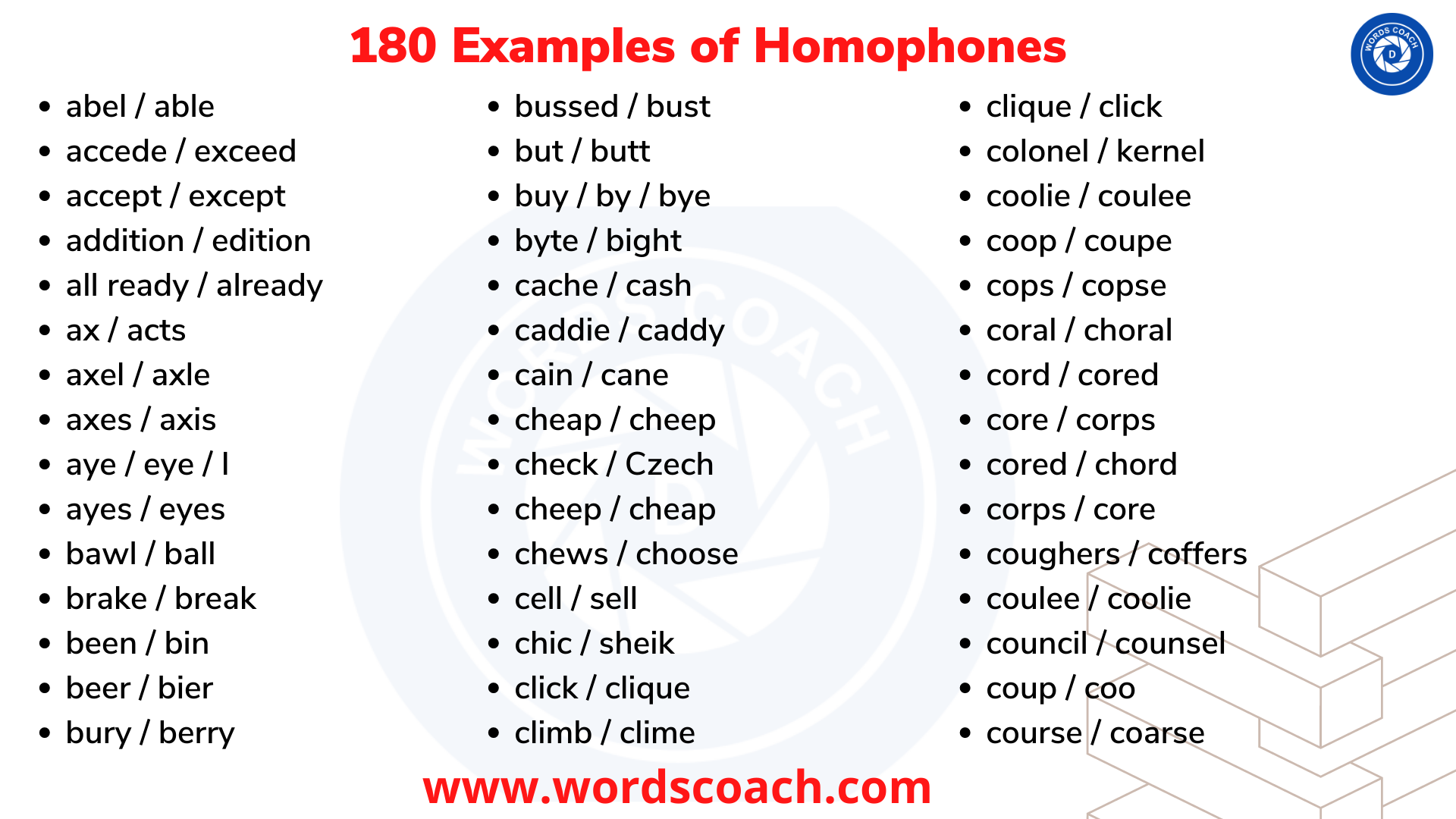Food Adjectives
Food adjectives are the words we use to describe the taste, texture, appearance, and overall quality of food. They add depth and nuance to our culinary experiences, helping us to communicate and appreciate the intricacies of different dishes.
List of Food Adjectives
Taste
Texture
Appearance
Overall Quality
- Sweet
- Salty
- Sour
- Bitter
- Umami
- Crispy
- Soft
- Chewy
- Smooth
- Slimy
- Golden
- Red
- Green
- Plump
- Crispy
- Delicious
- Fresh
- Hearty
- Authentic
- Unique
Food Adjectives with meaning and example
Savory – Pleasantly salty or spicy, rather than sweet.
- Example: The stew had a rich, savory flavor that was deeply satisfying.
Zesty – Having a strong, pleasant, and somewhat spicy flavor.
- Example: The salsa had a zesty kick that enhanced the grilled chicken.
Crisp – Firm and fresh; crunchy.
- Example: The salad was filled with crisp lettuce and fresh vegetables.
Succulent – Juicy and tender, often used to describe meat.
- Example: The steak was succulent and cooked to perfection.
Velvety – Smooth and rich in texture, often creamy.
- Example: The chocolate mousse had a velvety texture that melted in the mouth.
Piquant – Having a pleasantly sharp taste or appetizing flavor.
- Example: The dish was piquant, with a balance of spicy and tangy flavors.
Tangy – Having a sharp, acidic taste.
- Example: The lemonade was tangy and refreshing on a hot day.
Buttery – Rich and creamy, with a taste or texture reminiscent of butter.
- Example: The croissant was flaky and buttery, just like in Paris.
Hearty – Filling and nutritious, often associated with comfort food.
- Example: The soup was hearty, with plenty of vegetables and tender chunks of meat.
Earthy – Having a taste or smell of soil, often used to describe foods like mushrooms or beets.
- Example: The truffle oil added an earthy richness to the pasta dish.
Luscious – Rich, sweet, and highly pleasing to the senses.
- Example: The dessert was luscious, with layers of cream and fresh berries.
Bitter – Having a sharp, often unpleasant taste; not sweet.
- Example: The dark chocolate had a bitter note that was balanced by the sweetness of the fruit.
Spicy – Having strong flavors from spices, often hot.
- Example: The curry was spicy, with a heat that lingered after each bite.
Juicy – Full of juice; moist and flavorful.
- Example: The peaches were juicy and ripe, perfect for the pie.
Fluffy – Light and soft in texture.
- Example: The pancakes were fluffy, with a delicate texture.
Umami – A savory taste often described as the fifth taste, common in meats, cheeses, and broths.
- Example: The broth had a deep umami flavor that made the ramen irresistible.
Creamy – Smooth and rich, often containing cream or resembling cream.
- Example: The pasta sauce was creamy and coated the noodles perfectly.
Sour – Having an acidic, sharp taste; not sweet.
- Example: The yogurt was sour but refreshing with a drizzle of honey.
Peppery – Tasting or smelling strongly of pepper.
- Example: The arugula salad had a peppery bite that complemented the sweetness of the vinaigrette.
Smoky – Having a flavor reminiscent of smoke, often from grilling or smoking.
- Example: The ribs were smoky and tender, with a rich barbecue sauce.
Rich – Having a strong, intense flavor, often high in fat or sugar.
- Example: The cheesecake was rich and decadent, perfect for a special treat.
Nutty – Having a flavor or aroma of nuts, often used to describe grains or cheeses.
- Example: The brown rice had a nutty flavor that paired well with the roasted vegetables.
Refreshing – Light and cooling, often used to describe beverages or salads.
- Example: The cucumber and mint salad was refreshing, perfect for a summer day.
Gooey – Soft and sticky, often used to describe melted cheese or desserts.
- Example: The brownies were gooey in the center, with a rich chocolate flavor.
Tender – Soft and easy to chew, often used to describe meat or vegetables.
- Example: The roast chicken was tender, falling off the bone.
By expanding your vocabulary of food adjectives, you can become a more articulate and knowledgeable food lover. Try incorporating these words into your daily conversations, writing, or cooking to enhance your culinary experiences.





